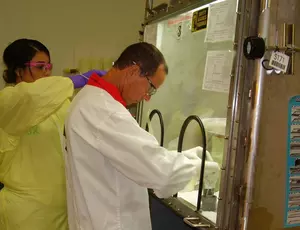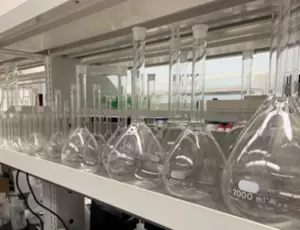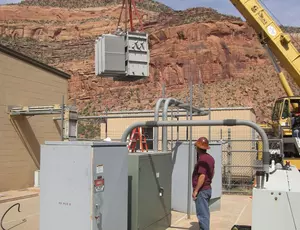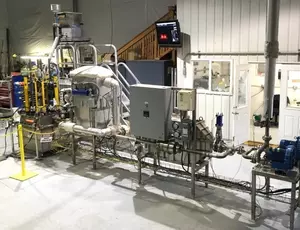Lab Operations and Analysis
At the Hanford 222-S Laboratory, VNSFS performs a variety of analytical services, including testing of waste compatibility and physical characteristics to support tank-to-tank waste transfers, performing corrosion rate studies and chemical testing to support tank corrosion inhibition, and providing input to the engineering specifications for each of the 242-A Evaporator campaigns. The evporator is located in the 200 East Area of the Hanford Site and is critical to the safe management of Hanford's tank waste. It began operating in 1977 to reduce the volume of waste stored in Hanford's underground tanks by removing water from the waste.
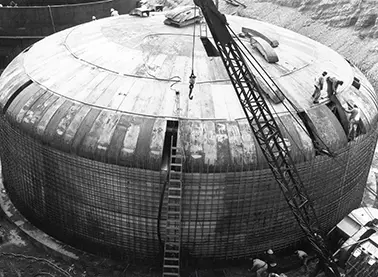
Accreditations from the Washington Department of Ecology and the American Industrial Hygiene Association allow 222-S staff to receive, handle and store up to 10,000 tank waste samples annually, perform more than 32,000 analyses on these samples, and report their results to DOE. Samples handled in the state-of-the-art lab are typically highly radioactive, the residual product of nearly five decades of nuclear weapons production.
The lab also studies the physical and chemical characteristics of waste necessary to enable waste retrievals, provides data to support tank closure requirements, and supports the Vadose Zone Program, which addresses contaminant cleanup challenges facing the facing the deep vadose zone (DVZ) beneath the Central Plateau of the Hanford Site. The Central Plateau was the location of Hanford’s major uranium fuel reprocessing, waste management, and liquid disposal facilities. Remediation of the DVZ is central to Hanford cleanup because it provides an ongoing source of contamination to the underlying aquifer and the Columbia River unless permanent solutions are developed and implemented.
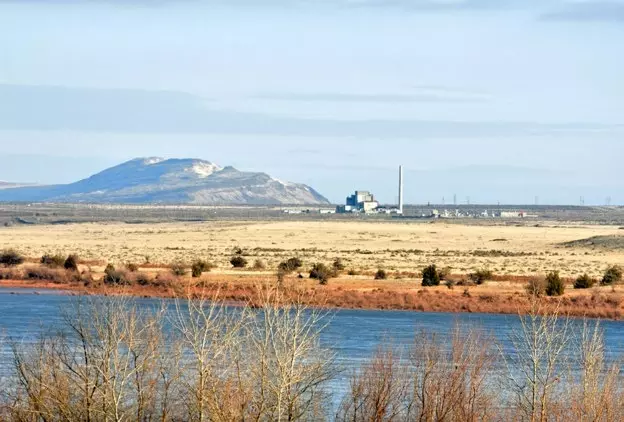
In the near future, the 222-S Lab will also analyze tank waste samples from the Tank Side Cesium Removal (TSCR) system - to ensure that the waste meets all of the Waste Acceptance Criteria. The TSCR system will separate both cesium and undissolved solid materials from radioactive tank waste, providing a low-activity waste stream that can be sent to the Waste Treatment and Immobilization Plant's Low-Activity Waste facility for vitrification. Through all its work, the 222-S Lab supports the primary missions at Hanford: infrastructure, remediation, tank operations and processing.
Landfill Operations & Management
As the operations company at the Environmental Restoration Disposal Facility (ERDF), VNSFS is responsible for the full spectrum of landfill management and operations of what is often referred to as the “hub” of the Hanford Site cleanup.
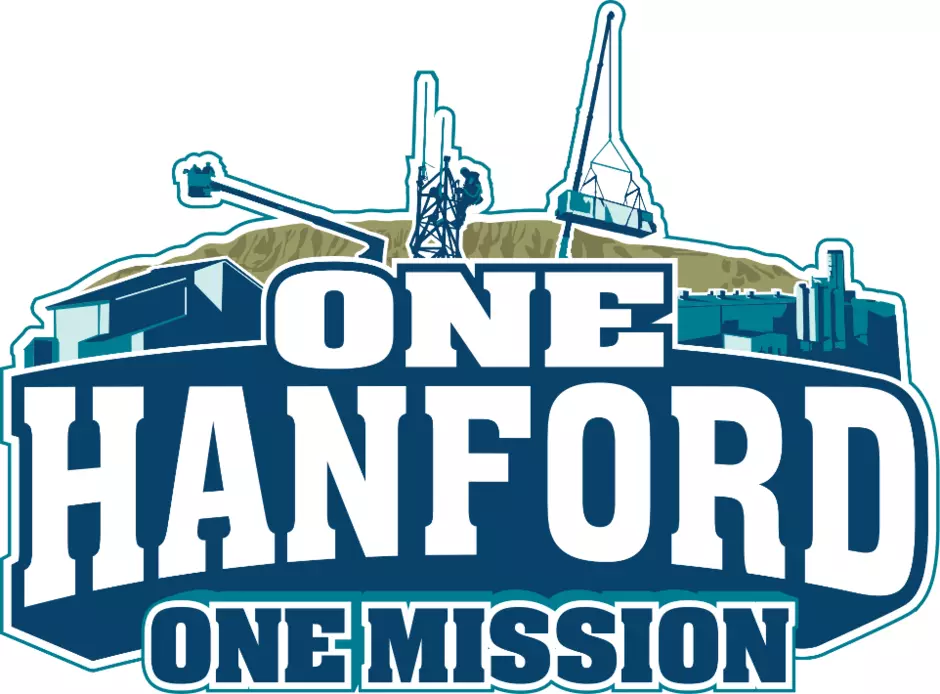
With a disposal capacity of 18 million tons, the 107-acre ERDF facility is DOE’s largest landfill and a critical component of Hanford’s overall cleanup strategy. The 10-celled facility, regulated by the U.S. Environmental Protection Agency, is authorized to accept, stage, treat and dispose of low-level radioactive, hazardous and mixed wastes generated by Hanford environmental restoration activities.
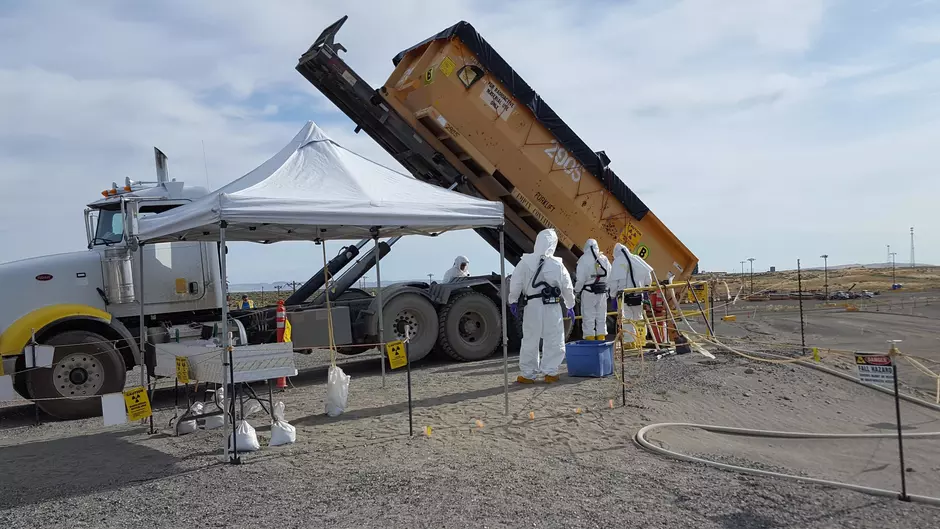
In addition to contaminated soils, debris and solid waste, ERDF receives other hazardous materials, such as mercury, asbestos, beryllium, chromium and lead, which can be treated onsite.
VNSFS’ efforts over the past few years to safely package and dispose of large, contaminated items at ERDF has resulted in significant savings for DOE.
Engineering Services
Thirty years of DOE engineering experience means that VNSFS can and does deliver nuclear, environmental, infrastructure, waste, robotics, process and international engineering services. We are NQA-1 Certified with all relevant disciplines. Our Engineering Services division is headquartered in Richland, with reach back to more than 1,000 engineers worldwide.
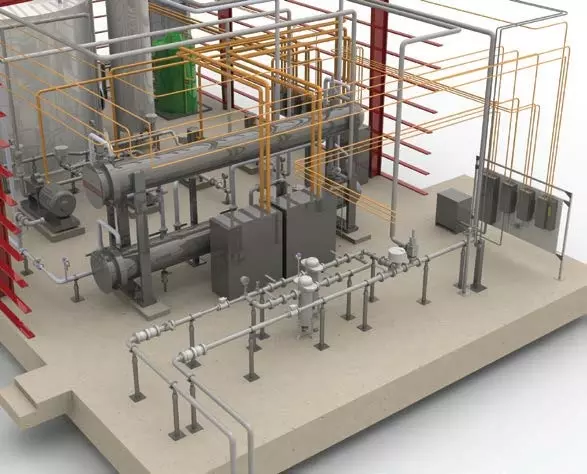
We provide engineered robotic and remote-handling solutions for high-hazard environments, thus reducing or eliminating human exposure. We have more than three decades of know-how, delivering more than 200 systems worldwide. Our engineering capabilities cover the full spectrum of project needs from inception through completion. These include strategic planning, code evaluation, feasibility study, specification development, field engineering, condition assessments, life extension analysis, and system troubleshooting.
Our staff of professional engineers have advanced degrees in all primary disciplines, including chemical/process, mechanical, electrical, instrumentation & controls, civil/structural, nuclear, materials and environmental.



